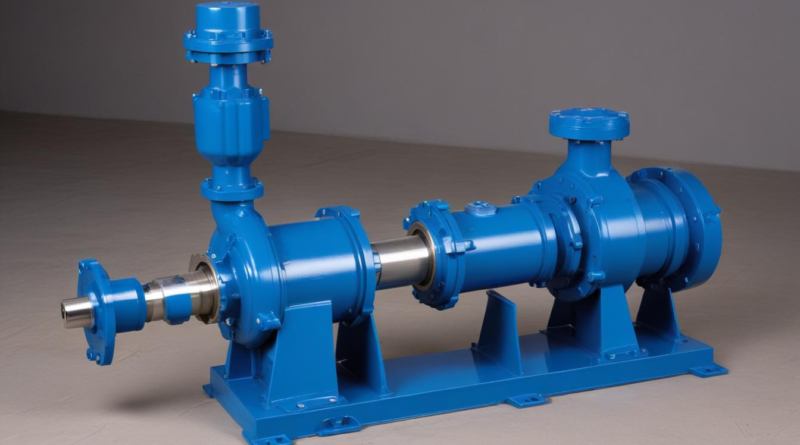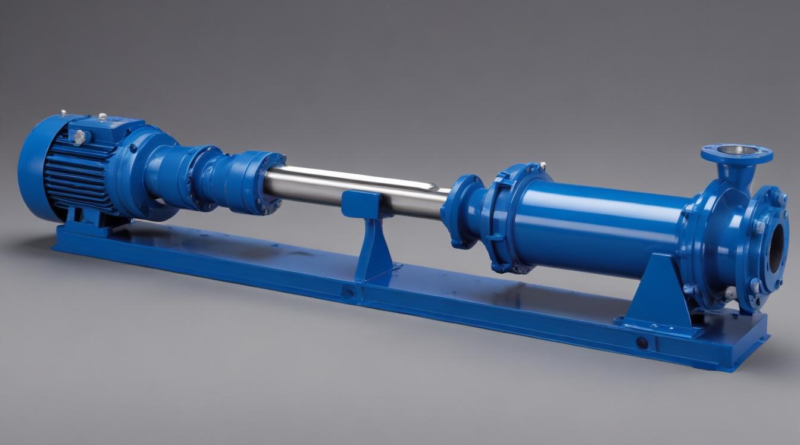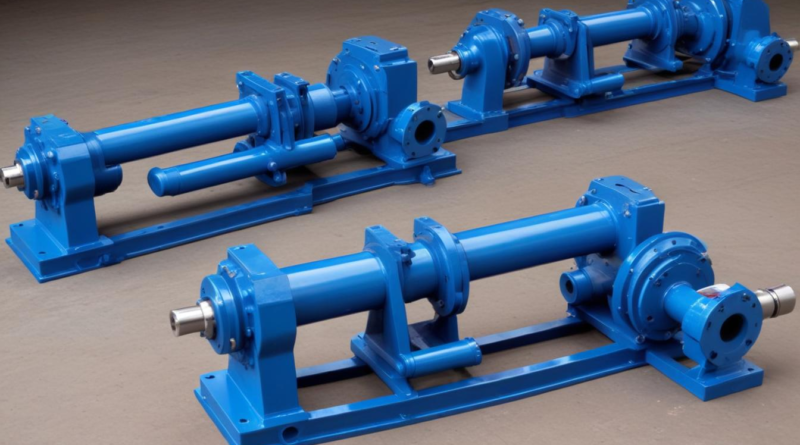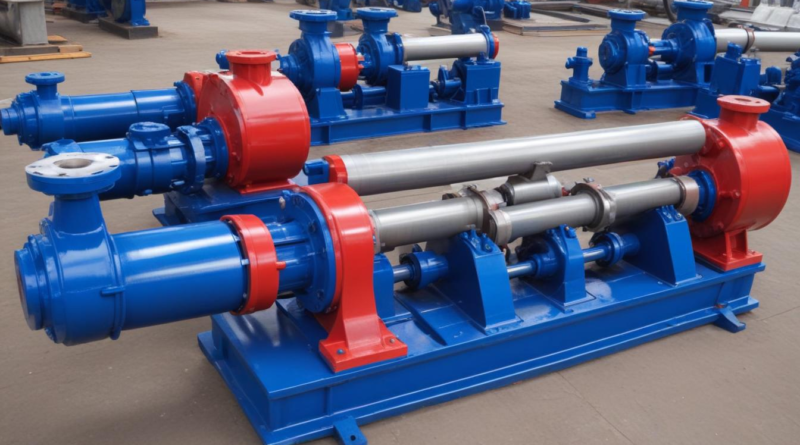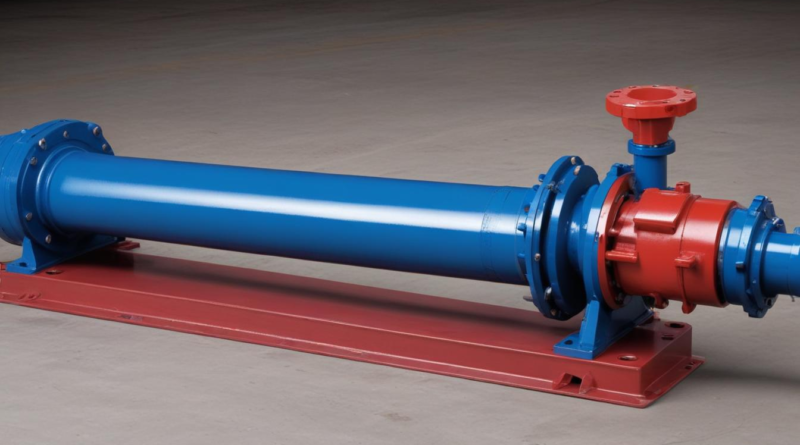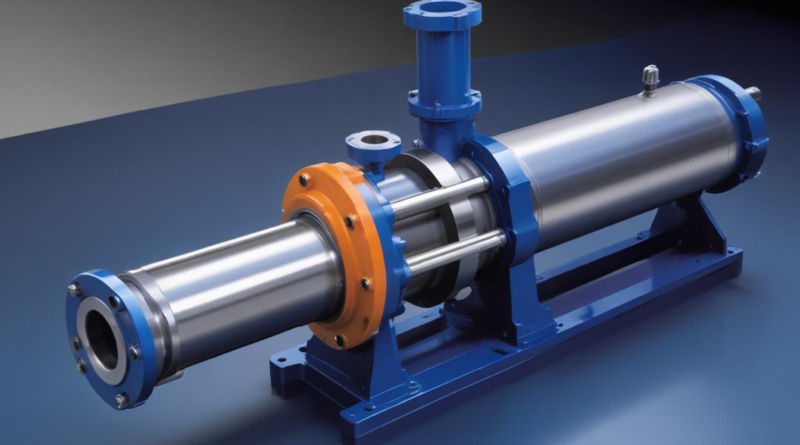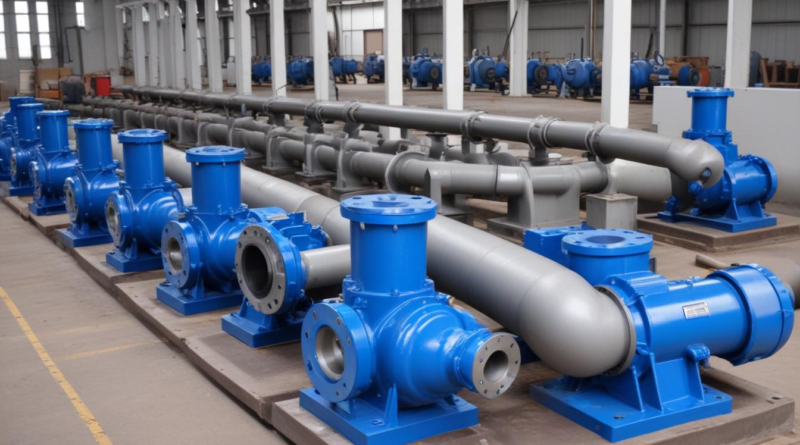Installation guidelines for progressive cavity pumps
Successful installation of progressive cavity pumps hinges on meticulous planning and attention to detail. Key considerations include site evaluation, proper layout, mounting stability, and precise alignment to enhance performance and longevity. Adequate clearance and environmental safeguards are essential, as are compatible materials for piping and electrical components. Each step, from selecting appropriate fittings to ensuring proper ventilation, plays a critical role in operational efficiency. Adhering to these guidelines can significantly reduce maintenance costs and improve overall reliability, making the installation process pivotal to long-term success.
Read More
